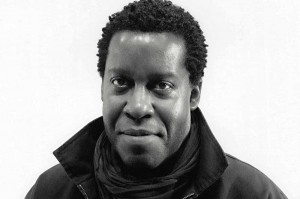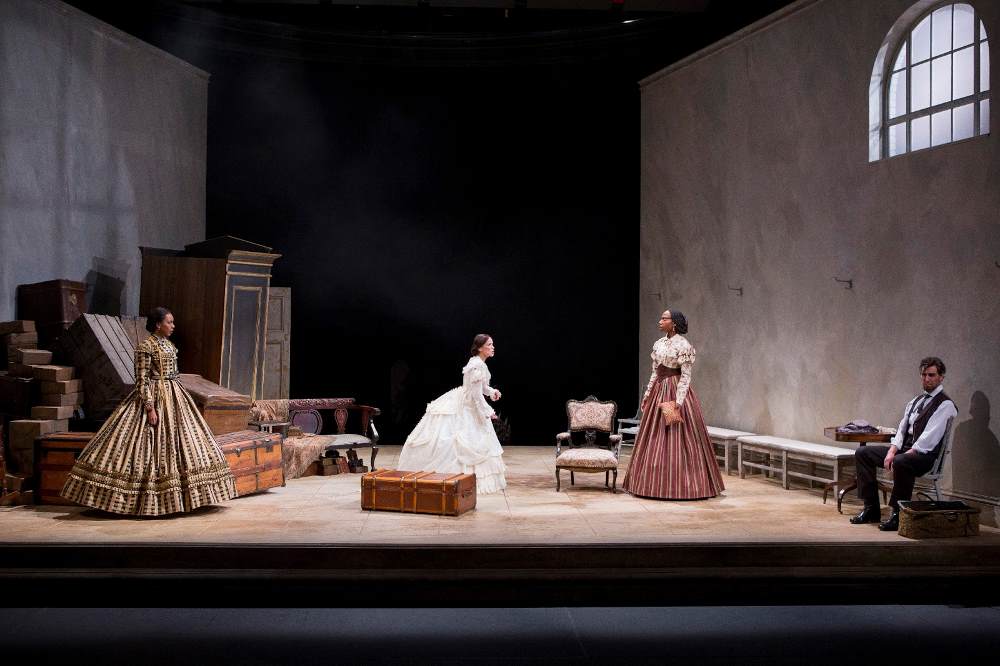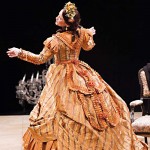Each month, American Theatre goes behind the scenes of the design process of one particular production, getting into the heads of the creative team.

Tazewell Thompson, PLAYWRIGHT AND DIRECTION: I was commissioned to write the first play of Arena Stage’s Presidents Project, a 10-play cycle initiative focused on American presidents. I chose Lincoln—I wanted to pursue the flesh-and-blood person entombed in marble and stone iconography. During my extensive research, one name caught my eye: Elizabeth Keckly. She usually showed up in the footnotes, listed as a confidante of Mary Todd Lincoln. Elizabeth was a former slave, who bought her own freedom and her son’s. She was also a self-made seamstress and dressmaker. Among her clients were Mrs. Jefferson Davis and Mrs. Robert E. Lee. Mary Todd Lincoln hired Elizabeth to become her private and exclusive dressmaker. The two of them were significant participants and witnesses to the Civil War. Their stories gave me the opportunity to examine both the promise of freedom and the price to be paid for its realization through the eyes of two women from very different worlds at a turning point in our nation’s history.
Mary T. & Lizzy K. is set in Mary’s memories of the White House, leading up to the night at Ford’s Theatre, and in the confines of a private asylum in Batavia, Ill. The two worlds merge in one space. It’s a sparse set except for dozens of trunks, luggage and personal packages from Mary’s shopping addiction. On a literal level, the play is about clothes and Mary’s obsession with them. To Mary, clothes brought comfort and security. They were also a political statement—a demonstration to the public that even during the nightmarish, bloody Civil War, the Union was stable. Furthermore, Mary saw Lizzy’s dresses as more than something to wear. In the play, she said they held her together emotionally and protected her from the many critics who picked her apart. Her garments were her security, and Lizzy was the provider of that security. When Mary and Lizzy disagreed on a design, fabric or fitting, Lizzy warned Mary that the dresses would defend themselves and fight back. In essence the clothes were the fifth character in the play.

Merrily Murray Walsh, COSTUME DESIGN: When I went to the Smithsonian to research, the only dress they had by Keckly was a purple one. It was so modern-looking, because it was so sparse. The other dresses on display had as much trim as you could get on a dress. But Keckly’s was gorgeous, and it was such a bold color. I had to formulate what I thought was Lizzy’s taste from that one dress. It seemed that everything would have to be elegant and refined. Lizzy has an 1860s crinoline underneath her dress. She was very stylish, because she worked with Washington socialite women. Her dress has a minimal amount of detailing and trims, while still being very striking.
Ivy, Lizzy’s assistant, is in a blouse and skirt, with a waist cincher. That was a common look for the period. My thought was that the blouse might be something she made for herself, and it reflected her abilities. She’s not wearing much of a crinoline—it’s mostly petticoats. She’s a working gal, presentable but not expensive.
The play takes place during a transitional period where dressmakers are starting to maneuver the full crinoline into a bustle. It was a strange ellipse—flattish in the front, flared at the sides and at the center back. It was much harder for us to create that than to do a full round. And if you don’t have the shape, you don’t have the dress. It really was architecture! The final dress for Mary we see constructed onstage in the play, with this new style. Tazewell and I spent several days in rehearsal choreographing the fitting scene and how the characters would create the dress onstage. He altered the script based on those sessions. Helping with that process was magical for me; it’s beyond what I normally get to do.
Mary T. Lizzy K., written and directed by Tazewell Thompson, ran at Washington, D.C.’s Arena Stage March 15–May 5. The production featured set design by Donald Eastman, costume design by Merrily Murray Walsh, lighting design by Robert Wierzel, sound design and composition by Fabian Obispo, stage management by Scott Pomerico and production assisting by Kirsten Harris.






